Fractional Ownership Calculator
Asset Value Calculator
Calculate how much fractional ownership you can get in real-world assets
Your Ownership Share
When you invest $0 in a $0 asset, you receive tokens representing your ownership percentage. This is how RWA tokenization allows fractional ownership of high-value assets like commercial real estate.
What Exactly Is RWA Tokenization?
Real-World Asset (RWA) tokenization is the process of turning physical or traditional financial assets - like office buildings, machinery, invoices, or even royalty streams - into digital tokens on a blockchain. These tokens represent ownership shares, and they can be bought, sold, or traded just like crypto. The big deal? You can now own a fraction of a $10 million building with just $100. That’s not science fiction. It’s happening right now.
Before blockchain, owning part of a commercial property or a private equity fund meant dealing with lawyers, banks, paperwork, and months of waiting. Now, smart contracts automate ownership rules, dividend payments, and compliance checks. The asset stays real - a building, a machine, a loan - but its ownership becomes digital, transparent, and globally accessible.
How RWA Tokenization Works: The 6-Step Process
It’s not as simple as just minting a token. RWA tokenization is a carefully structured process with six key steps:
- Asset Selection: You pick what to tokenize - commercial real estate, shipping containers, music royalties, or corporate bonds. Real estate makes up 62% of all tokenized assets today.
- Legal Structure: A Special Purpose Vehicle (SPV) is created. This legal entity holds the real asset and issues tokens representing ownership. Without this, tokens have no legal backing.
- Token Minting: Digital tokens are created on a blockchain, usually using standards like ERC-20 on Ethereum or Polygon. Each token is tied to a specific percentage of the asset’s value.
- Smart Contract Setup: Rules are coded into the blockchain: who can buy, how dividends are paid, when transfers are allowed, and who gets taxed where. These contracts enforce compliance automatically.
- Token Distribution: Tokens are offered to investors through regulated digital marketplaces. Only verified investors (KYC/AML checked) can participate.
- Secondary Trading: Once issued, tokens can be traded 24/7 on compliant exchanges. No more waiting 30 days for settlement - trades settle in minutes.
This whole process usually takes 6 to 9 months for institutional clients. Legal work alone eats up 35-40% of the timeline. The cost? Between $100,000 and $300,000+, mostly because of lawyers and regulators, not tech.
Top RWA Tokenization Platforms Compared
Not all platforms are built the same. Some focus on real estate. Others target institutional investors. Here’s how the leaders stack up:
| Platform | Founded | Specialization | Key Strength | Market Focus |
|---|---|---|---|---|
| Securitize | 2017 | Security Tokens | Deep integration with U.S. broker-dealers | North America |
| MANTRA Chain | 2019 | Institutional RWA | Regulatory-first blockchain with built-in KYC/AML | EMEA |
| Mintology | 2021 | Commercial Real Estate | Seamless property management system sync | Global |
| S-PRO | 2016 | End-to-end RWA | Strong European compliance framework | Europe |
Securitize leads in North America with 37% market share among institutional platforms, thanks to its partnerships with traditional finance firms like BlackRock, which tokenized $100 million in U.S. Treasury bonds in early 2024. MANTRA dominates Europe and Asia with its own Layer 1 blockchain launched in March 2024 - designed specifically for institutional-grade privacy and compliance. Mintology stands out for real estate investors who want to plug into existing property management software. S-PRO is the go-to for European firms needing strict GDPR and MiCA compliance.
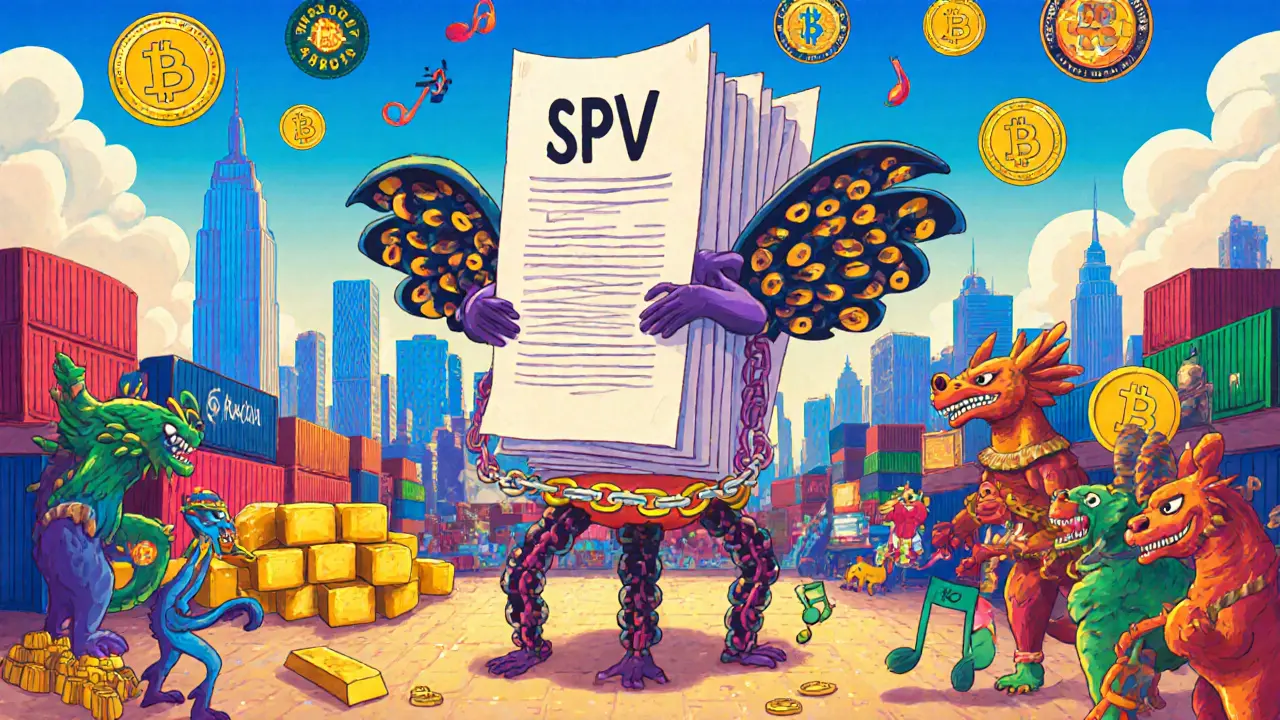
Why RWA Tokenization Is a Game-Changer
The benefits aren’t theoretical. They’re measurable:
- Fractional Ownership: A $5 million office building can be split into 50,000 tokens. That means you can buy $500 worth - something impossible in traditional real estate.
- 24/7 Global Trading: No more waiting for market hours. Tokens trade around the clock, anywhere in the world.
- Instant Settlement: Instead of 30-60 days to close a deal, transactions settle in minutes. Antier Solutions found settlement times dropped from weeks to under 10 minutes for compliant trades.
- Automated Payouts: Dividends, rent, or interest payments are programmed into smart contracts. Investors get paid automatically on schedule - no manual checks or delays.
- Access for Unbanked Populations: The World Economic Forum estimates RWA tokenization could bring 1.7 billion unbanked people into formal finance by giving them access to global asset classes through mobile devices.
The Hard Truth: Challenges and Risks
It’s not all smooth sailing. Here’s what goes wrong - and why:
- Regulatory Fragmentation: A token issued in Switzerland might be illegal in Texas. Each country has different rules. Platforms must build separate compliance layers for every jurisdiction. That’s expensive and slow.
- Limited Liquidity: Real estate tokens trade decently - but tokens for art, machinery, or private debt? Average daily volume is often under $50,000. That means wide bid-ask spreads - sometimes 8-12%. You might not get your price when you want to sell.
- Complex Tax Treatment: If you own a token representing a French property, and you live in Colorado, who taxes you? Where do you report? Most tax agencies haven’t caught up. Over half of users report confusion around capital gains and income reporting.
- Custody of Physical Assets: Who holds the actual building or machine? If the asset is lost, damaged, or seized, what happens to the token? Custody solutions are still evolving. Some platforms use third-party vaults; others rely on legal contracts alone.
- Smart Contract Risk: Code isn’t perfect. Bugs or exploits could freeze funds or misroute payments. While platforms like MANTRA and Securitize use audited contracts, not all do.
David Gerard, author of Attack of the 50 Foot Blockchain, warns that many projects overpromise on liquidity while underestimating legal complexity. He calls it a potential "regulatory time bomb." And he’s not alone. Gartner predicts that by 2026, only 35% of Fortune 500 tokenization projects will achieve meaningful liquidity.
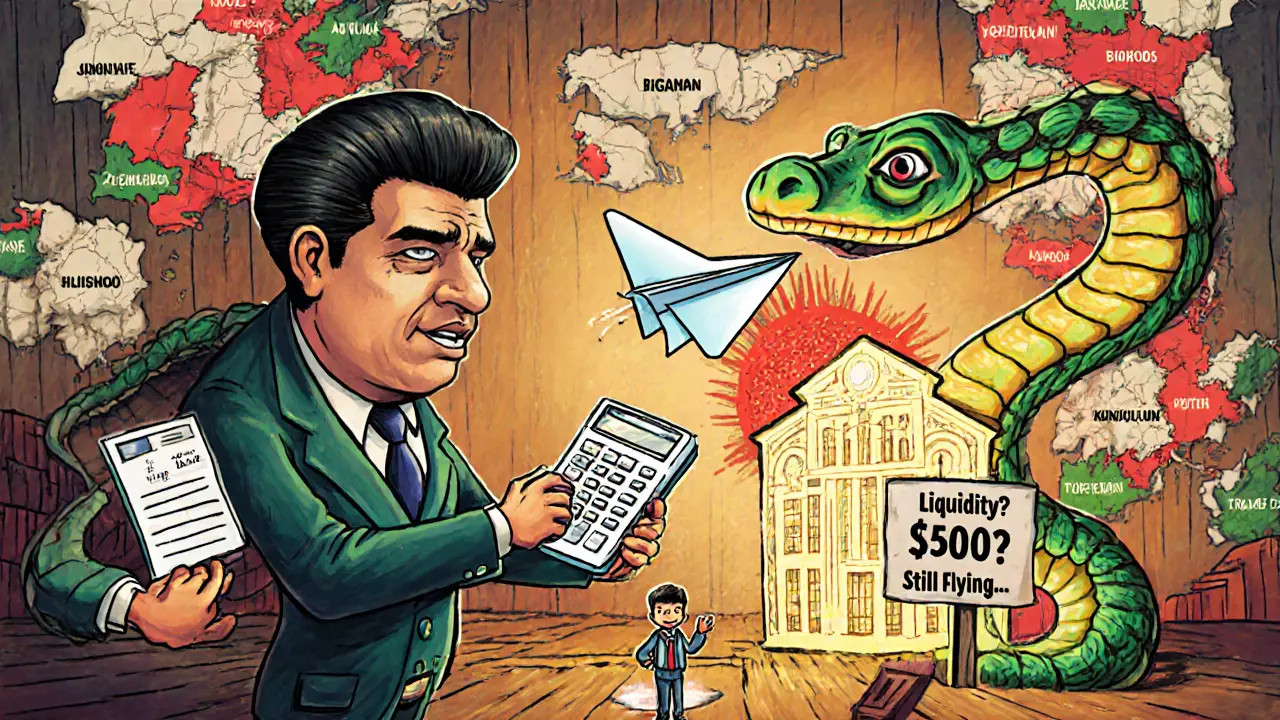
Who’s Using This Right Now?
It’s not just crypto natives. Big players are testing it:
- Asset Managers: 73 of the top 100 global asset managers have active RWA pilots. They’re using it to unlock liquidity in illiquid portfolios - like private equity or infrastructure funds.
- Private Companies: Instead of traditional venture funding, startups are tokenizing future revenue streams. A software company might tokenize its SaaS contracts, letting investors buy shares of future monthly income.
- Real Estate Investors: Platforms like RealT let retail investors buy tokens backed by rental properties in Detroit, Phoenix, and Atlanta. Reddit users report buying $500 slices of Manhattan apartments.
- Banks and Financial Institutions: J.P. Morgan’s Onyx division is testing tokenized bonds. SWIFT is piloting connections between its global payment network and RWA platforms - which could mean seamless fiat-to-token settlements soon.
According to PwC, institutional adoption is accelerating. Monthly new tokenization projects jumped from 12 in Q1 2022 to 89 in Q4 2023. But remember: that’s still less than 0.001% of global asset value. We’re at the very beginning.
What’s Next for RWA Tokenization?
The roadmap is clear - and getting more structured:
- Standardization: The International Token Standardization Association (ITSA) released Version 3.0 of its RWA token standard in April 2024. It now requires 14 mandatory compliance fields - think investor limits, jurisdiction rules, and asset verification proofs.
- Interoperability: Chainlink’s CCIP 2.0 (launched Feb 2024) lets RWA tokens move across blockchains securely. This is huge for global trading.
- Insurance: Nexus Mutual launched RWA-specific smart contract insurance in late 2023. If a token fails due to a coding flaw, investors can claim compensation.
- Regulatory Clarity: Switzerland’s DLT Act and Singapore’s Project Guardian are leading the way. The U.S. is still fragmented, but Wyoming’s SPDI charters offer the most crypto-friendly state-level framework.
Deloitte estimates an 85% chance that RWA tokenization becomes a $10 trillion market by 2030. J.P. Morgan forecasts tokenized assets will make up 10% of global bond issuance by then. But that future depends on solving the big problems: regulation, custody, and liquidity.
Should You Get Involved?
If you’re an investor: Start small. Try a platform like RealT or Securitize’s retail offerings. Invest $100-$500 in a tokenized property or fund. See how it works. Watch the liquidity. Track the dividends.
If you’re a business owner: Think about what asset you could tokenize. Could your equipment leases, future royalties, or receivables be turned into a funding source? The upfront cost is high, but the long-term liquidity boost could be worth it.
If you’re in finance or tech: Learn the legal side. This isn’t just coding - it’s securities law, tax law, and international compliance. The biggest gap in the industry isn’t tech - it’s people who understand both blockchain and regulation.
What assets can be tokenized?
Almost any asset with clear ownership and value can be tokenized. The most common are commercial real estate (62% of all RWA), followed by commodities like gold and oil, private credit (loans), intellectual property (music, patents), and even machinery or shipping containers. Even future revenue streams - like SaaS subscriptions or film royalties - are being tokenized.
Is RWA tokenization legal?
It’s legal in some places, not in others. Switzerland, Singapore, and parts of the EU have clear frameworks. In the U.S., it’s a patchwork - some states like Wyoming are crypto-friendly, while others treat tokens as unregistered securities. Platforms that follow strict KYC/AML rules and use SPVs are more likely to stay compliant. Always check local laws before investing or launching a token.
How do I buy RWA tokens?
You need to go through a regulated platform like Securitize, MANTRA, or Mintology. You’ll complete KYC (identity verification), link a bank account, and then buy tokens directly from their marketplace. You can’t buy them on Binance or Coinbase unless they’re listed as compliant security tokens - which is still rare. Retail access is growing, but it’s not as easy as buying Bitcoin.
What’s the difference between RWA tokens and stablecoins?
Stablecoins are digital currencies pegged to fiat money (like the U.S. dollar). RWA tokens represent ownership in real assets - like a building or a loan. A stablecoin gives you $1.00 value. An RWA token gives you 0.001% of a $10 million building. One is money. The other is property.
Are RWA tokens a good investment?
They can be - but they’re not for everyone. They offer exposure to traditionally illiquid assets with lower entry points. But liquidity is limited, regulations are uncertain, and exit options are few. Only invest what you can afford to lock up for years. Treat it like private equity, not day trading.
What happens if the underlying asset loses value?
The token’s value drops with it. If a building’s rent income falls or a machine breaks down, the token price follows. Unlike stablecoins, RWA tokens aren’t backed by cash reserves - they’re backed by real-world performance. That’s the risk and the reward.
Can I sell my RWA tokens anytime?
Technically yes - if there’s a buyer. But for non-real estate assets, secondary markets are thin. You might wait weeks to find someone willing to pay your price. Real estate tokens have better liquidity, but even those can have bid-ask spreads of 5-10%. Liquidity is the biggest bottleneck.







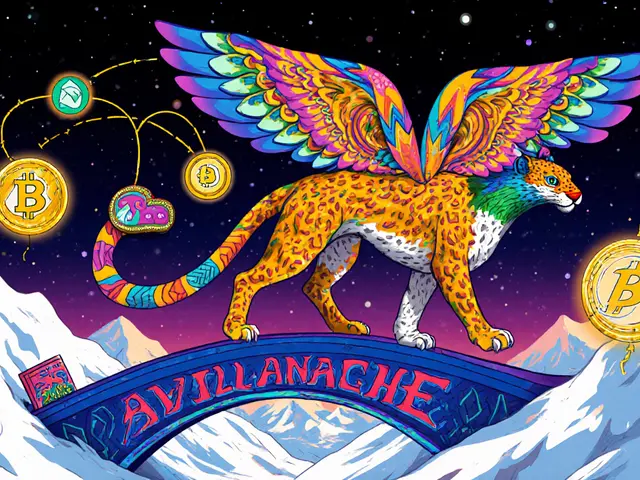
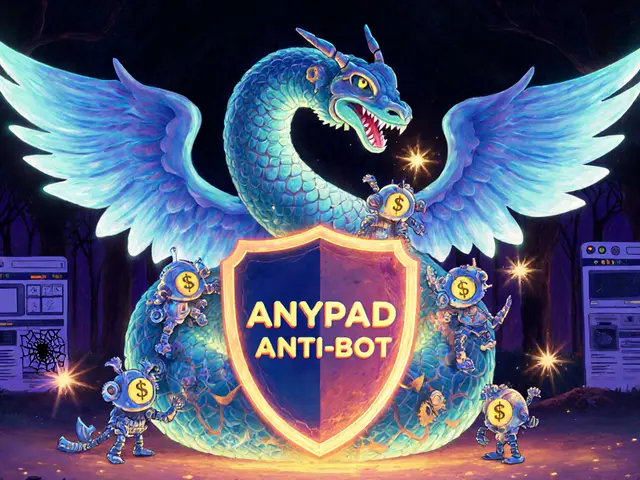
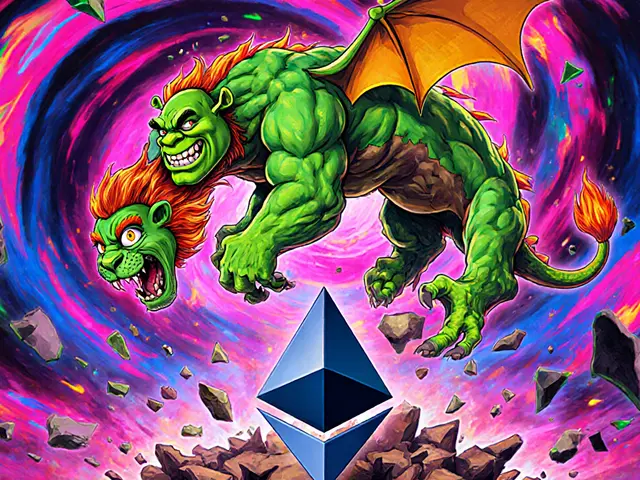

13 Comments
I bought a $200 slice of a rental property in Atlanta last month through RealT. Got my first rent payout last week - $3.27. Not life-changing, but it felt surreal to see blockchain actually work for something real. No lawyers, no paperwork. Just a notification in my wallet. Still waiting to see if the tenant pays on time every month, though.
I'm sorry, but this whole thing is just… *unseemly*. Tokenizing real estate? You’re reducing centuries of property law to a blockchain ticker. And don’t get me started on the tax implications-have you even *read* IRS Publication 544? No? Then stop pretending this is ‘democratizing finance.’ It’s just Wall Street with a crypto veneer. And the liquidity? Please. You think you’re owning a piece of a building? You’re owning a digital IOU with zero recourse if the SPV collapses.
I really appreciate how you broke this down. I’m a single mom in Ohio, and I’ve been watching this space for a while, scared to jump in. But the part about automated payouts? That made me cry a little. My dad used to work construction-he’d wait months for checks. If someone could’ve tokenized his invoices back then… I just hope this doesn’t leave out people like us. Can anyone recommend a platform that’s actually beginner-friendly? No jargon, no pressure?
This is a controlled demolition of the global financial system by elite institutions. The SPV structure? A legal fiction. The blockchain? A distraction. The real goal is to bypass national currencies and central banks entirely. Look at MANTRA Chain-built for EMEA, but who owns it? Who audits the audits? This is not innovation. This is financial colonization dressed in whitepapers. The unbanked? They’ll be the ones getting fleeced while the VCs cash out. Wake up.
So we’re now monetizing *everything*? Next up: tokenizing your grandma’s cough syrup recipe. Or your ex’s emotional baggage. At this point, I’m just waiting for someone to tokenize my regret over buying a Tesla in 2021. At least crypto was fun before it became a spreadsheet with a legal team.
You guys are overcomplicating this. All you need is a smart contract and a wallet. Why do you need lawyers and SPVs? Blockchain is supposed to remove middlemen. If you need a legal structure to make it work then you’re not using blockchain-you’re using a bank with a different logo. Real estate is just one use case. Why not tokenize your car? Your dog? Your Netflix password? The tech is there. The problem is your mindset.
I think the most exciting part is how this could help small businesses. Imagine a local bakery tokenizing their future cookie sales to fund a new oven-no bank loan, no interest. Just people who love their pastries investing directly. It’s not about getting rich. It’s about community. I’m not investing yet, but I’m watching. And honestly? I’m rooting for it.
Honestly? I’ve been in crypto since 2017. Seen the hype, the crashes, the scams. But this? This feels different. Not because it’s perfect. But because it’s grounded. You can touch the building. You can see the machine. The tech just makes it easier. I put $100 into a tokenized solar farm in Texas. Got my first check last week. $4.12. Not a fortune. But it felt like the future showed up at my door.
I’m just curious-what happens if the building gets condemned? Or the machine is stolen? Is the token still worth anything? I’m not trying to be negative. I just want to understand the real risk. Because if the asset disappears, does the token become a digital ghost?
I can’t believe you people are still falling for this. You think you’re ‘investing’? You’re handing over your money to a bunch of lawyers who will charge you $200k just to tell you it’s not SEC-compliant. And then when your ‘token’ gets frozen because the SPV went bankrupt, you’ll be begging for help. Meanwhile, the platform made $50k in fees. This isn’t finance. It’s a pyramid scheme with better branding. And you’re all just too polite to say it.
I’m not saying this is wrong-but it’s dangerous. You’re turning human assets into tradable commodities. What’s next? Tokenizing children’s future education funds? Your DNA? This isn’t innovation-it’s dehumanization. And don’t give me the ‘it’s just like stocks’ line. Stocks are shares in companies. This is shares in a *building*. There’s a moral line here, and we’re crossing it with a blockchain shovel.
I read this whole thing. Took me three days. I’m not an investor. I’m not even a tech person. But I found myself nodding at the part about automated payouts. My cousin runs a small music label. She spends half her time chasing royalty payments. If someone could tokenize those… she could finally sleep. I don’t care about the blockchain. I care about her getting paid on time. That’s the real win here.
89 new projects in Q4 2023? That’s less than 0.3 per day. The market cap of all RWA tokens is still smaller than Dogecoin’s daily trading volume. This isn’t the future. It’s a footnote. The real story is how slowly it’s growing. The tech works. The legal stuff doesn’t. And no one’s fixing it. So yeah. Cool idea. Still dead in the water.